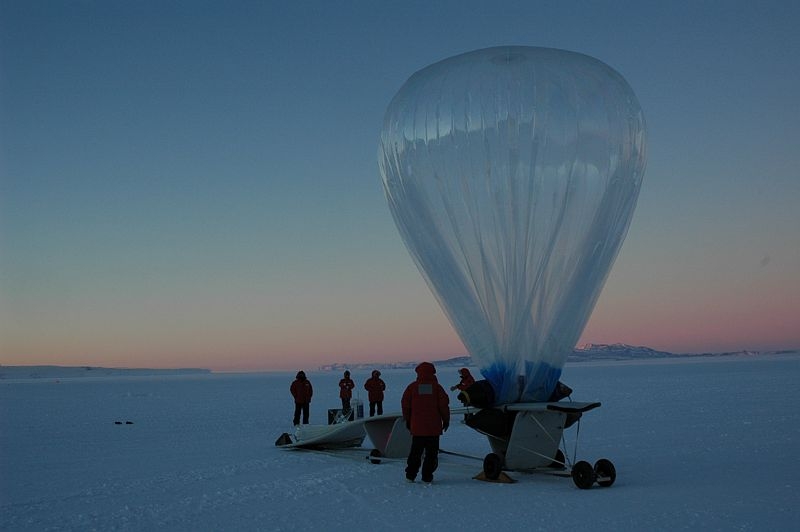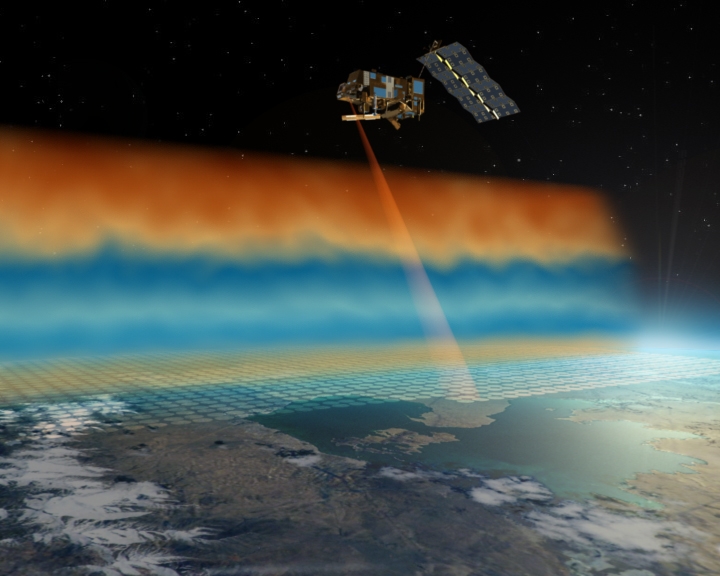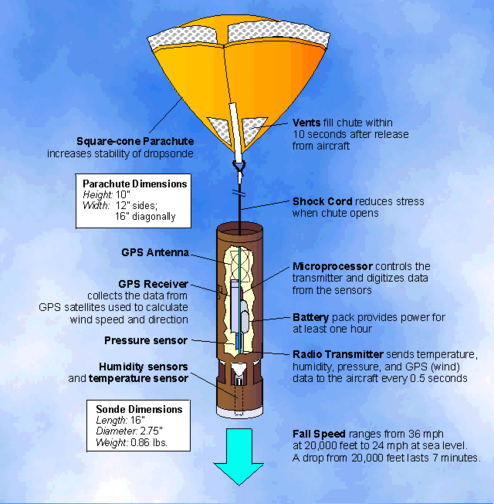20 August 2010
A closer understanding of weather and climate

The U.S. McMurdo research base is where the most important phase of the Concordiasi programme will be taking place.
Starting on 2 September, 19 stratospheric balloons will be released to explore and measure the Antarctic atmosphere.
Drifting at an altitude of 20 km, the balloons will perform several tasks: “We’re looking to improve weather forecasting and to better describe climate in this part of the globe,” explains Didier Renaut, in charge of weather and climate programmes at CNES. “We’re also seeking to use the IASI infrared sounding instrument on the MetOp-A satellite more effectively.”

Obtaining accurate measurements with the infrared spectrometer proves more difficult over Antarctica than anywhere else due to the cold temperatures and the clouds, which attenuate the signal.
For this reason, the survey campaign will begin by releasing 650 dropsondes from 13 balloons over a period of 1½ months to acquire vertical profiles of the troposphere up to altitudes of 10-15 km.
Some of the dropsonde releases will be timed to coincide with passes of MetOp-A and validate IASI’s measurements directly.
Up to 5 months aloft

The 2nd phase of the programme will involve all 18 balloons.
As they drift with the high-altitude winds, the balloons will collect data on temperature, pressure, ozone and aerosols using sensors on their flight trains.
These data will help scientists to better understand the dynamic, chemical and microphysical mechanisms underlying the formation of the ozone hole and its big variations from one year to the next in this region of the world.
The balloons are expected to stay aloft for 1½ months on average, but some could fly for up to 5 months.

CNES will be responsible for flight control and data reception at its space centre in Toulouse.
Meteo France will control the dropsonde measurements.
Data will be received at NCAR* in the United States, where ten members of CNES’s balloon team will be on hand to accomplish the mission, in which the NSF** and several U.S. universities are also taking part.
* NationalCenter for Atmospheric Research (US)
** National Science Foundation (US)